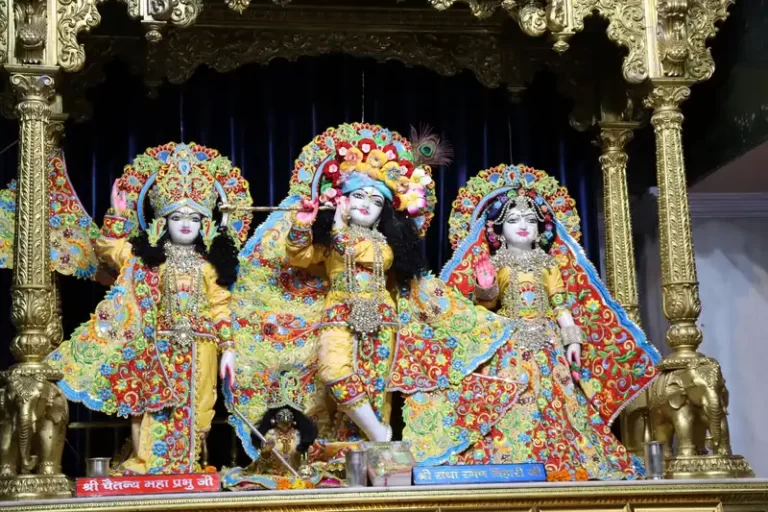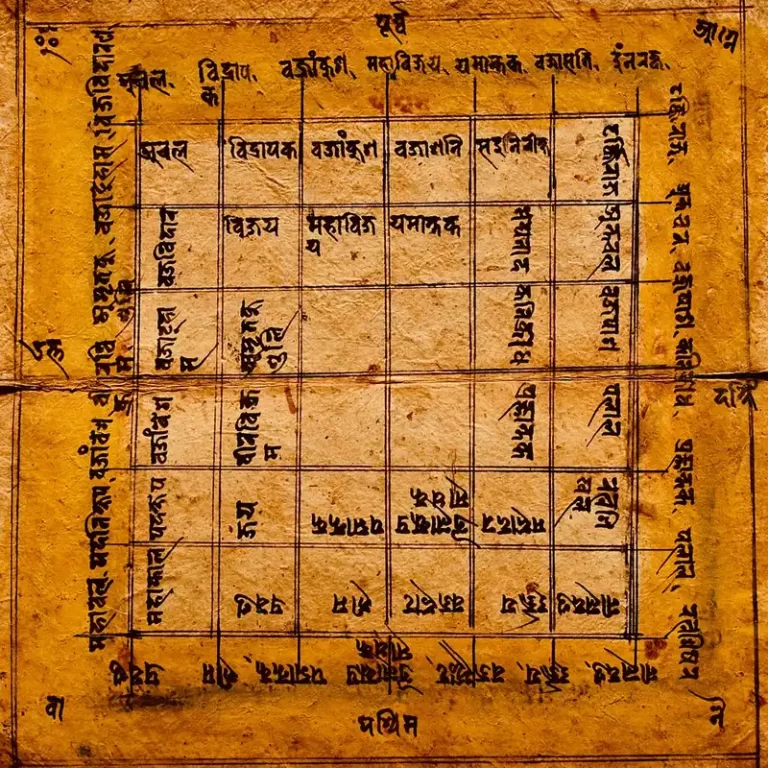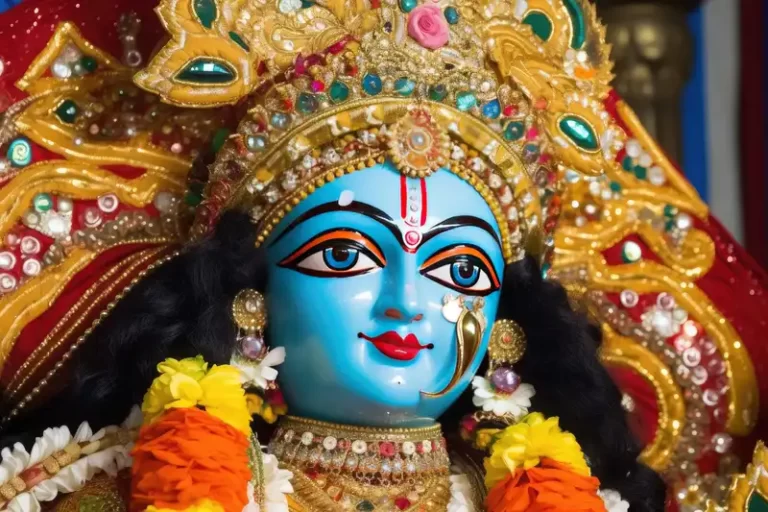Pradosh Vrata: Embracing Devotion and Renewal through Shiva’s Grace
Introduction to Pradosh Vrata:
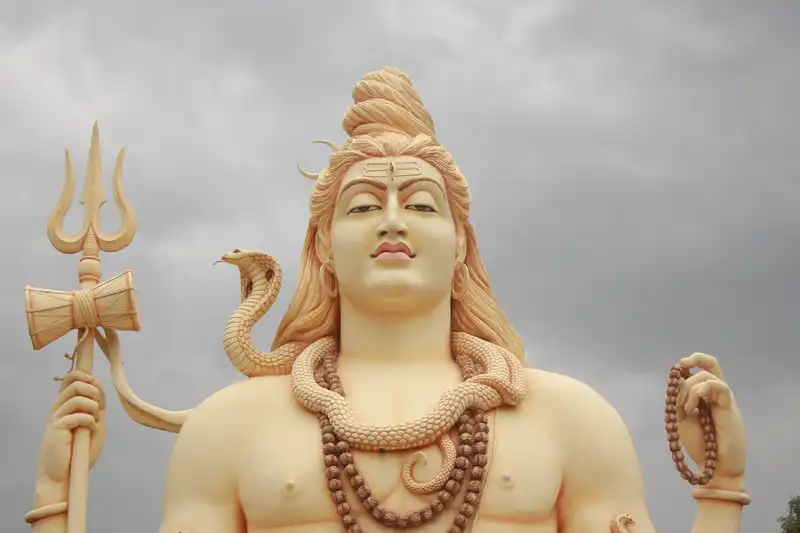
Among the multitude of fasting traditions in Hinduism, the Pradosh Vrata emerges as a profound homage to Lord Shiva. This observance finds its roots in the reverence for the twilight hours when the energies of daylight and darkness converge. Pradosh, happening twice each month during the waxing and waning lunar phases, forms a sacred window for beseeching Shiva’s benedictions.
Devotees partake in fasting, meditation, and prayer during this auspicious juncture, convinced that their endeavors are met manifold by Lord Shiva’s benevolence. The Pradosh Vrata not only showcases devotion to the Supreme Yogi but also signifies the equilibrium in existence, epitomized by the unity of light and shadow in twilight. It encapsulates Hindu spirituality’s essence – a profound interplay of ceremonial observance and profound philosophical insight.
Understanding Pradosh Vrata:
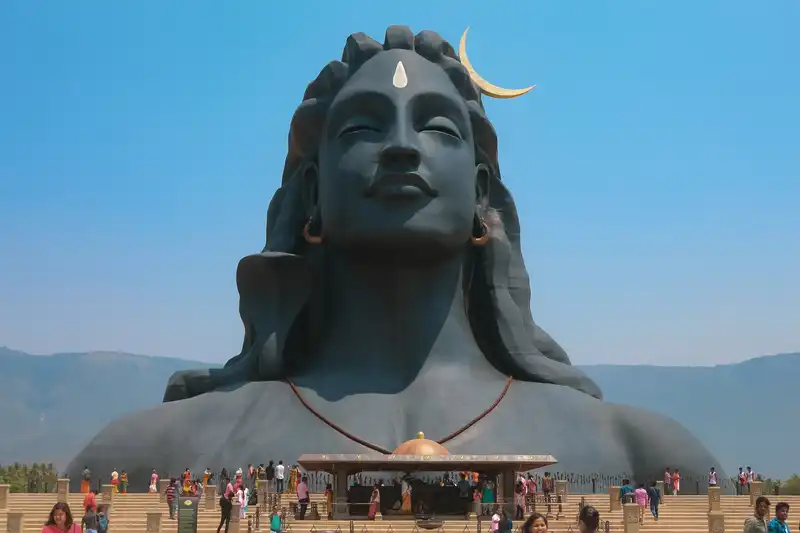
Derived from “pra” (denoting “early” or “first”) and “dosh” (referring to “sin” or “deficiency” in Sanskrit), “Pradosh” designates twilight hours as the sun dips and night prevails. In the Hindu lunar calendar, this term marks a dual occurrence within each lunar month—during the moon’s waxing and waning phases. This temporal juncture, heralding the equilibrium between day and night, symbolizes the interplay of contrasts and the shift from one phase to another.
Pradosh Vrata finds its observance on Trayodashi, the thirteenth day of lunar fortnights—13 days post-new moon and full moon. Adherents embrace this fast to honor Lord Shiva and implore his benedictions. Commencing in twilight as the sun wanes, it extends through these hours. Nourishment and water abstention pairs with meditation, prayer, and the chanting of sacred hymns devoted to Lord Shiva. The twilight’s indistinct border between light and shadow fosters spiritual endeavors, enabling practitioners to channel focus and energy, seeking escalated spiritual benefits and alignment with divine vibrations.
Spiritual Significance of Pradosh Vrata:
Pradosh Vrata’s observance is woven from threads of spiritual profundity and mythological resonance, intertwining devotion, purification, and cosmic equilibrium. In Hindu mythology, during the churning of the ocean (Samudra Manthan), “amrita,” divine nectar, surfaced. Lord Shiva’s consumption of this elixir during Pradosh bestowed upon him immense spiritual prowess and eternal life. This juncture pays homage to Shiva’s role as cosmic guardian and bestower. Moreover, twilight embodies the convergence of contrasts, symbolizing the union of Shiva and Shakti—divine masculine and feminine energies. This union signifies the harmonious equilibrium crucial for spiritual evolution.
Twilight in Pradosh embodies cosmic energy equilibrium—an auspicious phase when the veil between physical and spiritual realms is thin. This juncture facilitates heightened spiritual experiences. The interplay of light and darkness mirrors creation’s interconnectedness, dissolving boundaries between the material and the divine. Cosmic energy alignment during twilight provides an ideal setting for meditation, prayer, and rituals, enabling access to subtle vibrations that deepen the connection with the divine. The intensified twilight energy augments the impact of spiritual endeavors, rendering it a propitious time for divine communion and amplifying spiritual practices.
Types of Pradosh Vrata:
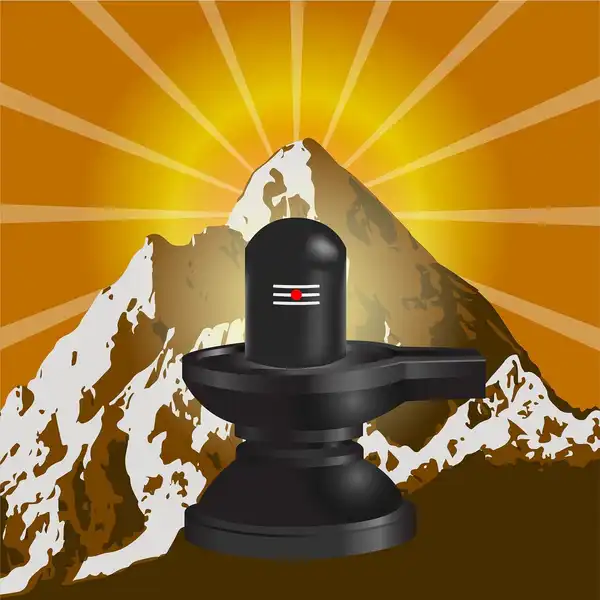
Pradosh Vrata, a multifaceted practice, unfolds in two distinct variations, each entwined with a different phase of the lunar dance: Shukla Paksha during the waxing moon and Krishna Paksha amidst the waning moon. These two renditions mirror the moon’s cyclical voyage, bestowing devotees with diverse pathways to commune with Lord Shiva.
Shukla Paksha Pradosh Vrata unfolds amid the waxing moon’s gentle illumination, symbolizing growth, expansion, and optimism. Devotees fast and perform rituals, aiming to secure blessings for advancement, accomplishment, and development across life’s facets. This rite centers on invoking Lord Shiva’s benevolent essence, entreating his favor for prosperity and abundance.
Krishna Paksha Pradosh Vrata emerges during the waning moon phase, as lunar brilliance diminishes. This stage is linked with introspection, liberation, and relinquishment. Amid this Vrata, adherents engage in rituals to seek absolution for errors and release from negative influences. It becomes a juncture for spiritual purification and liberation from karmic encumbrances. Worship pivots toward Lord Shiva’s ascetic and renunciant dimensions, spotlighting detachment and spiritual progression.
In the realm of Shukla Paksha Pradosh Vrata, a renowned tale unfolds—Lord Shiva gifting the Devas with the elixir of immortality (amrita) during the ocean’s churn (Samudra Manthan). It was during the waxing moon phase that Lord Shiva imbibed this nectar, rendering this period conducive to invoking his blessings, and envisioning growth and prosperity.
Krishna Paksha Pradosh Vrata beckons forth the narrative of Markandeya, a youthful sage foretold to depart this realm at an early age. Markandeya’s unwavering devotion led him to clasp Lord Shiva’s lingam (symbol) during Pradosh, prompting Lord Shiva’s benevolent intervention to avert his demise. This story underscores Lord Shiva’s safeguarding and compassion during the waning moon, transforming Krishna Paksha Pradosh into a channel for liberation from the cycle of life and death.
Rituals and Observances:
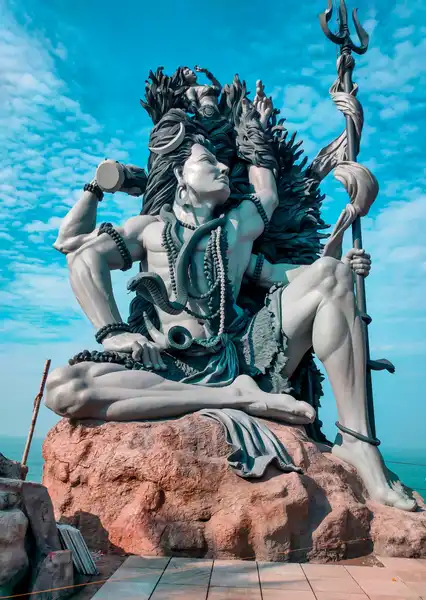
The fasting component of Pradosh Vrata embodies self-control and abstention from specific foods. Generally, devotees fast from sunrise until evening, culminating the fast after the ceremonial rites. While fasting parameters can vary based on individual choice and tradition, common guidelines entail avoiding grains, cereals, and certain piquant or fiery foods. The fasting interval signifies detachment from worldly pleasures and material yearnings, empowering individuals to channel their energy toward spiritual practices.
Throughout Pradosh Vrata, devotees immerse in prayer and meditation to deepen their communion with Lord Shiva. They chant sacred hymns, intone mantras, and tender sincere supplications, entreating divine benedictions and guidance. Meditation during this juncture holds profound significance; twilight’s energy is believed to amplify spiritual encounters and insights. Devotees often delve into scriptures dedicated to Lord Shiva, like the Shiva Purana or Rudram, containing narratives, teachings, and hymns illuminating his divine essence and importance.
The twilight phase itself emerges as a pivotal moment for worship, wherein devotees kindle lamps, present flowers, incense, and sanctified water (jal) to the Shiva lingam, and perform circumambulations (pradakshina) around the deity. The cadence of bells, the aroma of incense, and the rhythm of prayers coalesce to craft a sacred atmosphere, heightening the spiritual experience.
Importance of Lord Shiva in Pradosh Vrata:
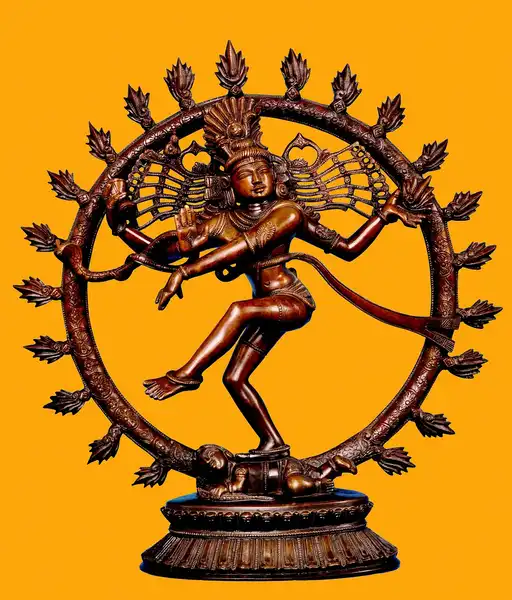
Lord Shiva occupies the central stage within Pradosh Vrata due to his multifaceted symbolism and his elevated stature as a supreme deity in Hinduism. As the cosmic dancer and master of transformation (Tandava), Shiva’s essence enshrines both creation and dissolution. This dual nature renders him pivotal for devotees striving to harmonize worldly and spiritual facets. Pradosh Vrata, situated at the juncture of light and dark, day and night, mirrors Shiva’s role as the unifier of opposites and the balancer of cosmic forces.
Shiva’s portrayal as Nataraja, the cosmic dancer, portrays him as the dispeller of negativity and ignorance. The rhythmic dance that encompasses creation and dissolution symbolizes existence’s cyclic nature and perpetual movement toward spiritual growth. Shiva’s ash-smeared form signifies detachment from material pursuits, while his third eye embodies all-encompassing wisdom piercing through illusion. In Pradosh Vrata, devotees invoke Shiva’s presence to vanquish negativity from their lives and consciousness, seeking the transformative potency of his transcendence.
Referred to as “Bholenath,” Lord Shiva signifies accessibility and benevolence towards devotees. In Pradosh Vrata, this facet gains prominence as adherents approach him with sincerity and humility, beseeching his blessings. Shiva’s blessings are believed to confer defense against obstacles, relief from suffering, and direction on the spiritual journey. His identity as Adiyogi, the primal yogi, and the wellspring of yogic wisdom, further positions him as an ideal mentor for seekers striving for spiritual elevation.
Shiva’s connection with the mystical Mount Kailash and his role as a wandering ascetic further depict him as an emblem of renunciation and inner metamorphosis. Devotees perceive that by invoking Shiva’s energy during Pradosh Vrata, they can tap into his transformative potential to transcend limitations and realize their utmost capabilities. Just as Shiva is renowned for consuming poison without harm, his adherents seek the resilience to transmute challenges into wisdom and growth.
Pradosh Katha: The Narrative:
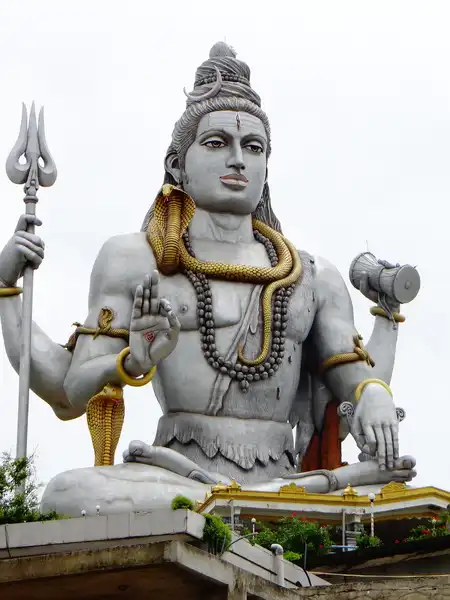
The Pradosh Katha stands as a revered narrative within Hindu mythology, illuminating the origins and profound significance of Pradosh Vrata. This tale serves not only as an inspirational chronicle but also as a guiding light for devotees traversing the deeper spiritual dimensions of this observance.
The Pradosh Katha revolves around a humble Brahmin couple, Sumedh and Sumati, who face adversity with unwavering devotion to Lord Shiva. Despite their meager circumstances, their faith remained steadfast. To test their commitment, Lord Shiva, in the guise of a Brahmin, approached them during Pradosh and sought sustenance. Displaying boundless compassion, the couple shared their modest meal. Touched by their devotion, Lord Shiva bestowed upon them immense wealth and prosperity.
This narrative imparts valuable lessons. Firstly, it underscores the significance of selfless service and empathy, even amidst personal trials. Sumedh and Sumati’s willingness to share their meager food showcases the importance of generosity and kindness, values revered in Hindu philosophy.
Secondly, the story accentuates the transformative potency of devotion. The couple’s devotion transcended their circumstances, leading to both spiritual and material elevation. Their journey emphasizes that sincere devotion is acknowledged and rewarded by the divine.
The Pradosh Katha enriches devotees’ comprehension of Pradosh Vrata. Through Sumedh and Sumati’s narrative, adherents grasp the notion that genuine devotion, offered with an open heart, holds the potential to instigate profound transformations. The tale underscores that Lord Shiva’s grace transcends material limitations, illustrating the concept that divinity knows no boundaries.
Cultural and Regional Practices:
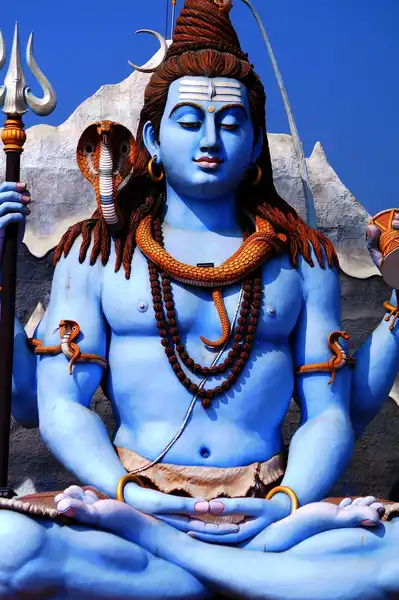
Pradosh Vrata, a deeply revered practice in Hinduism, assumes diverse forms across various regions and communities. The spectrum of rituals, customs, and traditions manifests the richness and flexibility inherent in Hindu culture. While the fundamental essence of honoring Lord Shiva during twilight remains unwavering, local influences fashion distinctive interpretations of the Vrata’s observance.
Within different regions, Pradosh Vrata accompanies a plethora of exclusive customs and rituals. As an illustration, some communities embellish the Shiva lingam with indigenous flowers, leaves, or regional fruits. Exclusive lamps and fragrances are employed to cultivate a specific ambiance for worship.
In particular areas, musical instruments like drums and bells infuse rhythmic vitality into the rituals, creating an energetic aura. Certain communities weave devotional songs and hymns into the observance, infusing a melodious dimension. These unique practices heighten the spiritual journey and contribute to the individuality of Pradosh Vrata across regions.
Local traditions wield a significant influence over the manner in which Pradosh Vrata is observed. Varied regions and communities harbor distinct historical narratives, legends, and tales associated with Lord Shiva, shaping the focus and emphasis of the practice. Moreover, cultural factors such as the availability of specific foods or the prominence of particular rituals engender variations in the observance of fasting regulations.
Spiritual Benefits and Renewal:
Pradosh Vrata unfolds a treasure trove of spiritual benefits for those who undertake it with genuine devotion. Beyond the surface rituals, this observance emerges as a profound instrument through which seekers can unearth their inner depths and resonate with the divine. The core of Pradosh Vrata transcends mere external actions; it orchestrates a metamorphosis within the hearts and minds of its adherents.
Pradosh Vrata serves as a structured passage for self-exploration and self-discipline. The act of fasting and abstaining from worldly desires fosters self-mastery and detachment, allowing individuals to rise above their material cravings and attachments. This cultivation catalyzes spiritual maturation, nurturing virtues such as patience, resilience, and mindfulness.
The twilight period of prayer and meditation nurtures an intimate communion with the divine, fostering an environment conducive to inner serenity and tranquility. This heightened state of awareness enables devotees to momentarily detach from external chaos, diving into the wellspring of inner silence. In this sacred stillness, a profound sense of connection with the universal energy is experienced.
Regular observance of Pradosh Vrata has the potential to catalyze profound transformation. Over time, it becomes an unwavering anchor in the seeker’s spiritual odyssey. The nurturing of self-discipline, humility, and devotion intensifies gradually, forging a deeper resonance with spiritual principles and fostering an authentic way of existence.
This observance can act as a catalyst for breaking free from negative patterns and ushering in positive change. As self-awareness and self-purification become constant companions, the devotee attunes themselves to thoughts, deeds, and intentions. This heightened awareness empowers them to surmount obstacles, relinquish old attachments, and embrace a life steeped in purpose and clarity.
Challenges and Practical Advice:
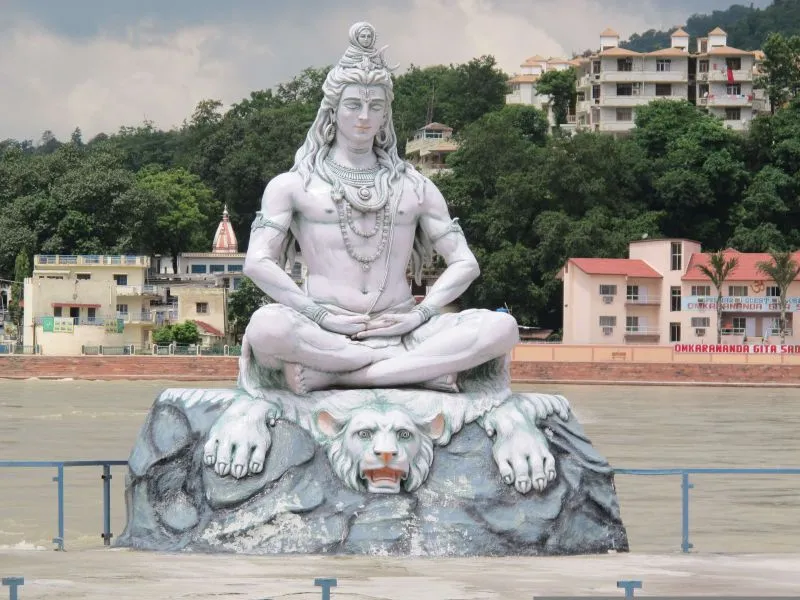
I encourage you to delve into the enriching and transformative journey of Pradosh Vrata as a valuable addition to your spiritual voyage. Amidst the complexities of contemporary life, this practice’s simplicity and adaptability make it accessible to all who seek a profound communion with the divine. Pradosh Vrata presents a splendid opportunity to infuse your daily rhythm with interludes of mindfulness, devotion, and introspection.
This practice can seamlessly weave into your lifestyle. Start by choosing either Shukla Paksha (waxing moon) or Krishna Paksha (waning moon) Pradosh, aligning with your inclination. Craft a tranquil sanctuary for meditation, adorned with blossoms, fragrances, and a reverential Shiva lingam. Reserve the twilight hours for prayer and meditation, allowing the din of the day to recede as you immerse yourself in profound contemplation.
For newcomers to Pradosh Vrata, commence with a modest fast, avoiding grains, pungent foods, or anything that resonates with your aspiration for self-control and devotion. Engage in mantra repetition or immerse yourself in Shiva-centric scriptures, invoking Lord Shiva’s essence. Utilize this juncture to express gratitude, seek blessings, and set intentions for personal blossoming and metamorphosis.
As your journey unfolds, you can enrich your practice by intertwining acts of benevolence into your routine, echoing the ethos of compassion and service enshrined in the Pradosh Katha. Remember, the odyssey is personal; the constancy of your endeavors holds more significance than grand gestures.
Embracing Pradosh Vrata can catalyze positive shifts and spiritual growth. Through this practice, you’ll uncover moments of stillness within the chaos, a rendezvous with the divine amid the mundane, and a course towards a more enriched and purposeful being. So, take that stride, unbar your heart to the grace of Lord Shiva, and let Pradosh Vrata illuminate your passage along the trail of spiritual exploration.
Conclusion:
The spiritual essence of Pradosh Vrata transcends the mundane, leading to a profound communion with the divine. Rooted in Hindu tradition, this observance symbolizes the delicate equilibrium between light and darkness, creation and dissolution. It serves as a reminder that amidst life’s dualities, harmony, rejuvenation, and spiritual elevation can be found.
Pradosh Vrata becomes a mirror to our inner selves, urging us to detach from material desires and immerse ourselves in prayer, meditation, and devotion. By fasting and engaging in rituals, we create an environment for self-discipline, compassion, and humility to flourish. The timeless narratives and mythology surrounding Lord Shiva stand as enduring guides, illustrating his power to dispel negativity, transcend limitations, and confer blessings.
I aspire for this article to provide you with assistance. Should you discover value within these words, kindly contemplate sharing them with your loved ones. I invite you to spare a moment to offer your thoughts and appraisals below. For further remarkable content akin to this, I encourage you to delve into our website. Additionally, I extend an invitation to subscribe to my YouTube channel for forthcoming materials of similar nature. Lastly, feel unrestrained to establish a connection with me through social media. Wishing you a splendid day ahead!
हरि ॐ तत्सत्
FAQs:
Here are some frequently asked questions (FAQs) regarding the Pradosh Vrata:

